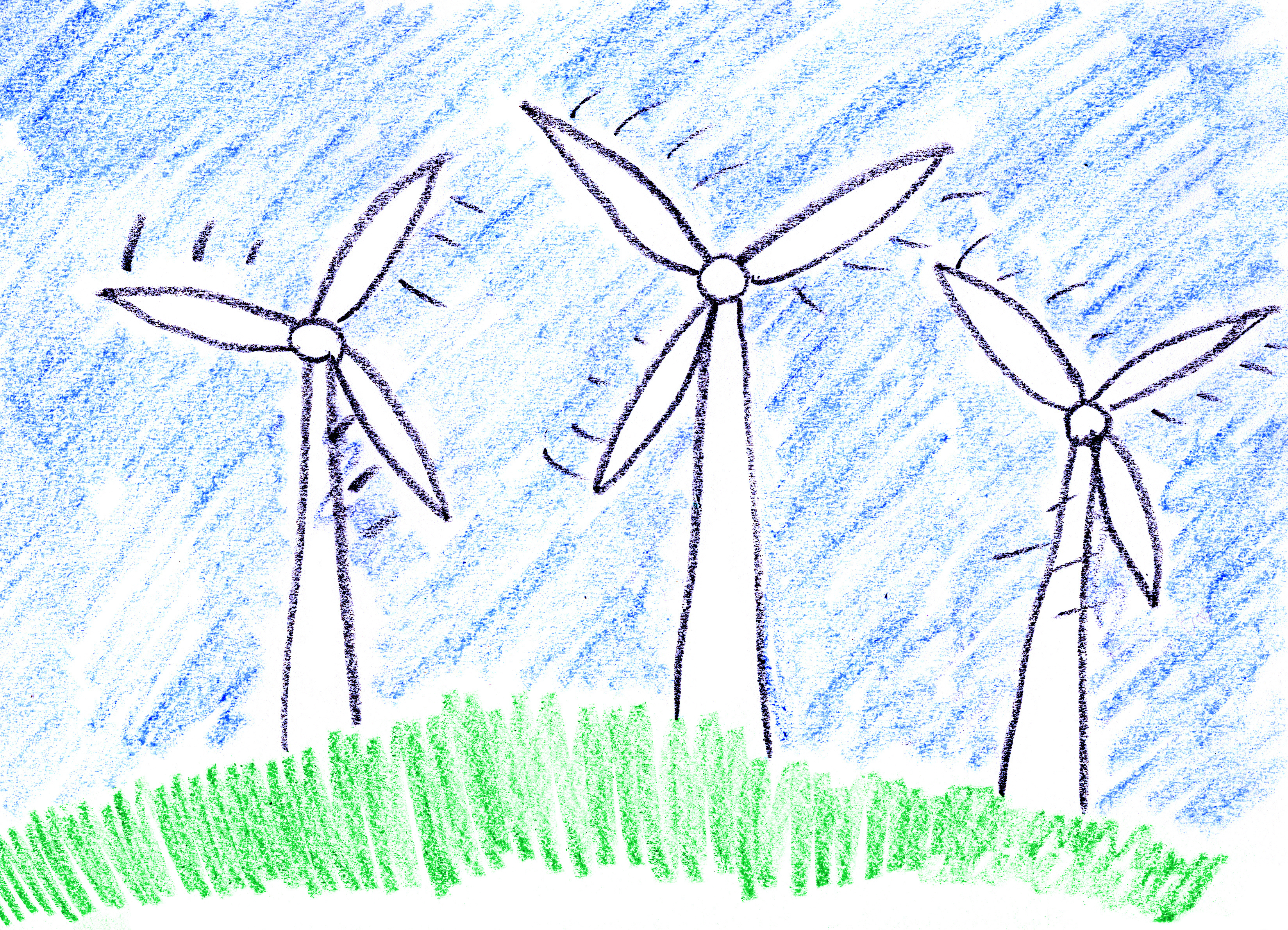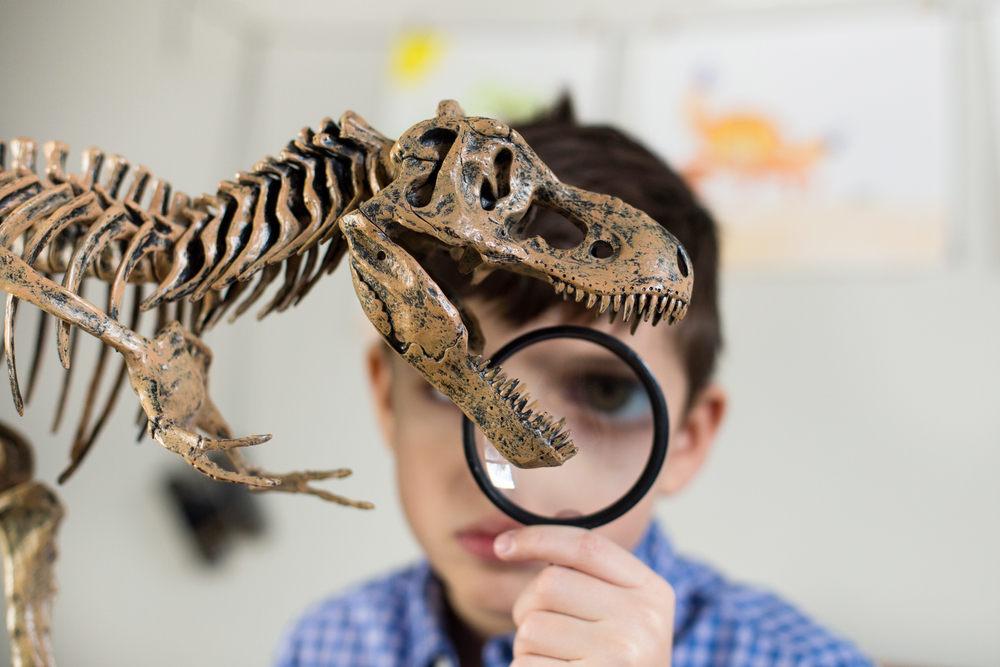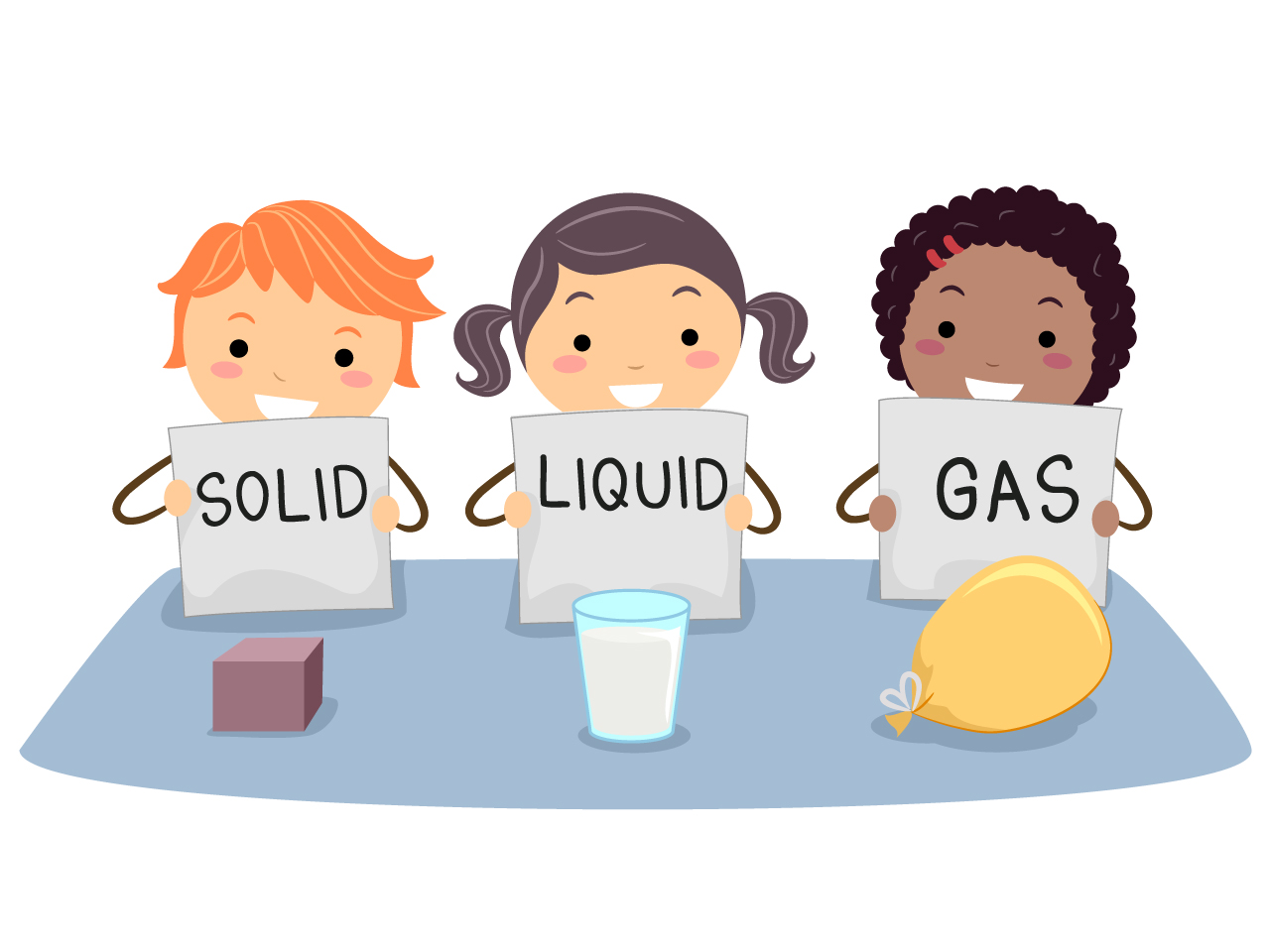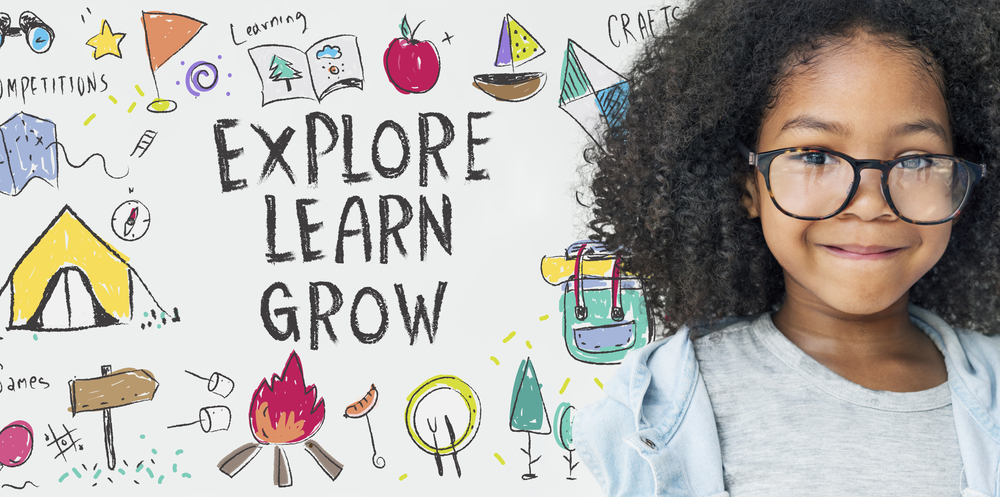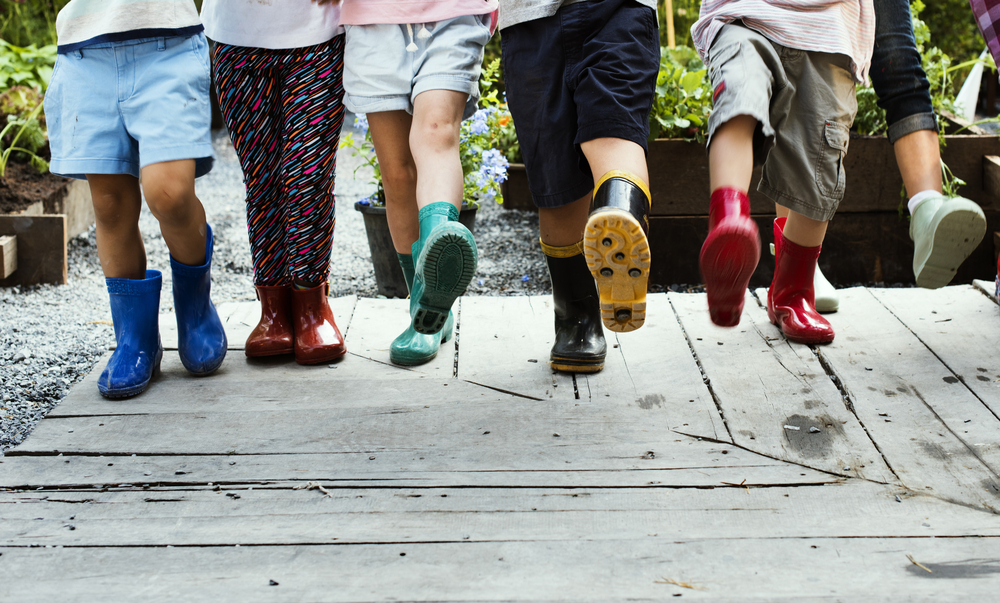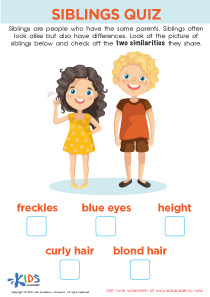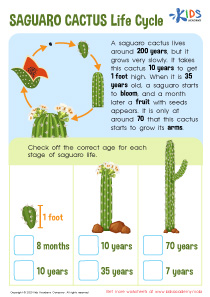Explore Fun and Educational Physical Science Worksheets for Kids Ages 4-6 | Kids Academy
42 filtered results
-
From - To
Introducing our Normal Physical Science Worksheets, meticulously designed for young learners aged 4-6. These engaging worksheets serve as an excellent foundation for sparking curiosity and understanding in the fascinating world of physical science. Tailored to captivate the minds of early learners, our collection covers essential concepts with a blend of fun and education. Each worksheet is crafted to encourage exploration, observation, and critical thinking, making science an exciting adventure for your child. Ideal for homeschooling or supplemental learning, these worksheets are your go-to resource for turning young learners into budding scientists. Dive into the wonders of science with our Normal Physical Science Worksheets for Ages 4-6 today!
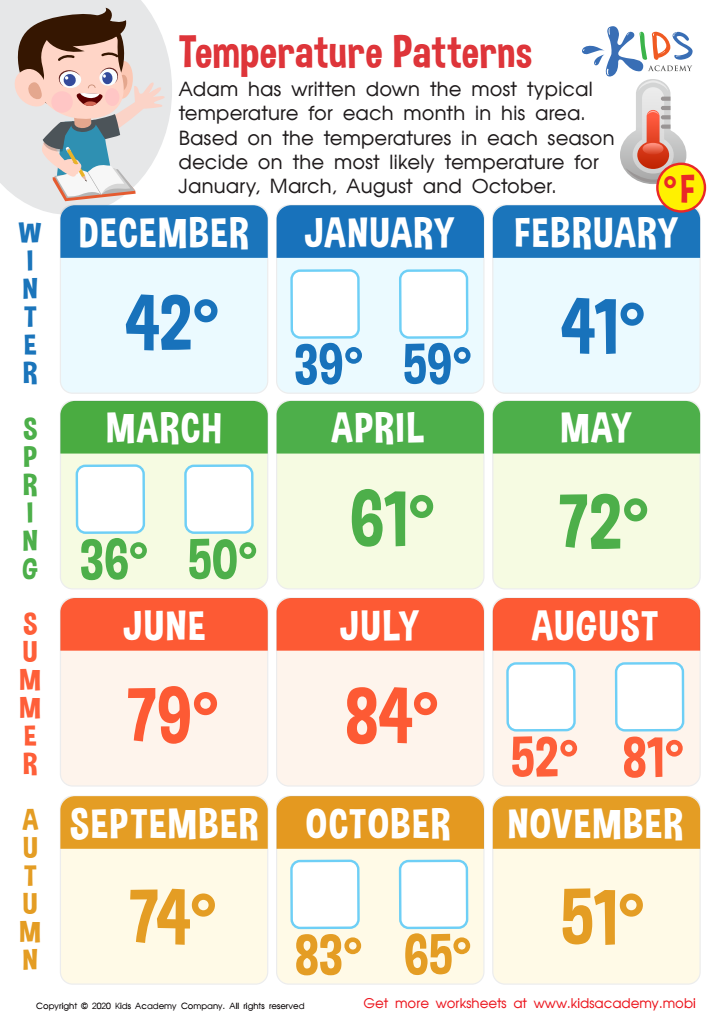

Temperature Patterns Worksheet
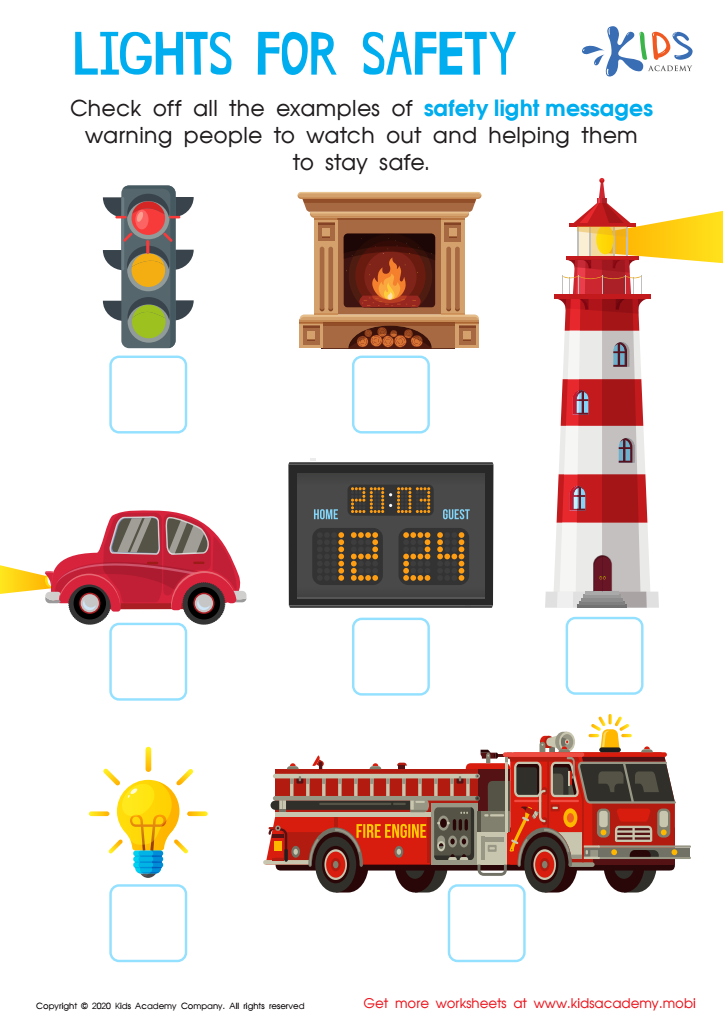

Lights for Safety Worksheet
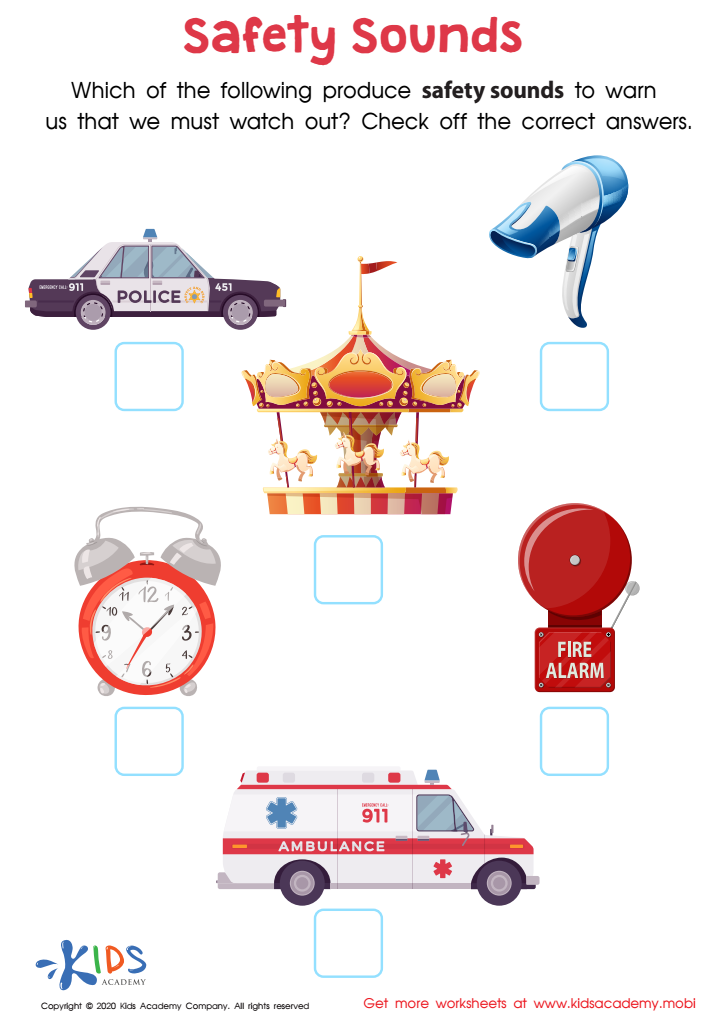

Safety Sounds Worksheet
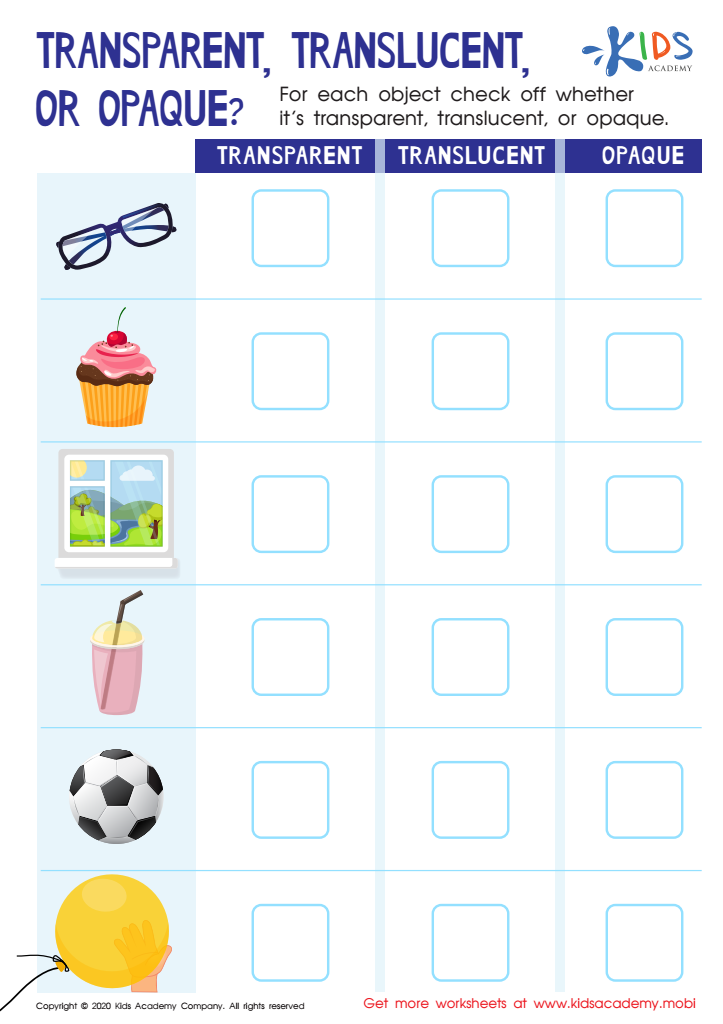

Transparent, Translucent, or Opaque Worksheet
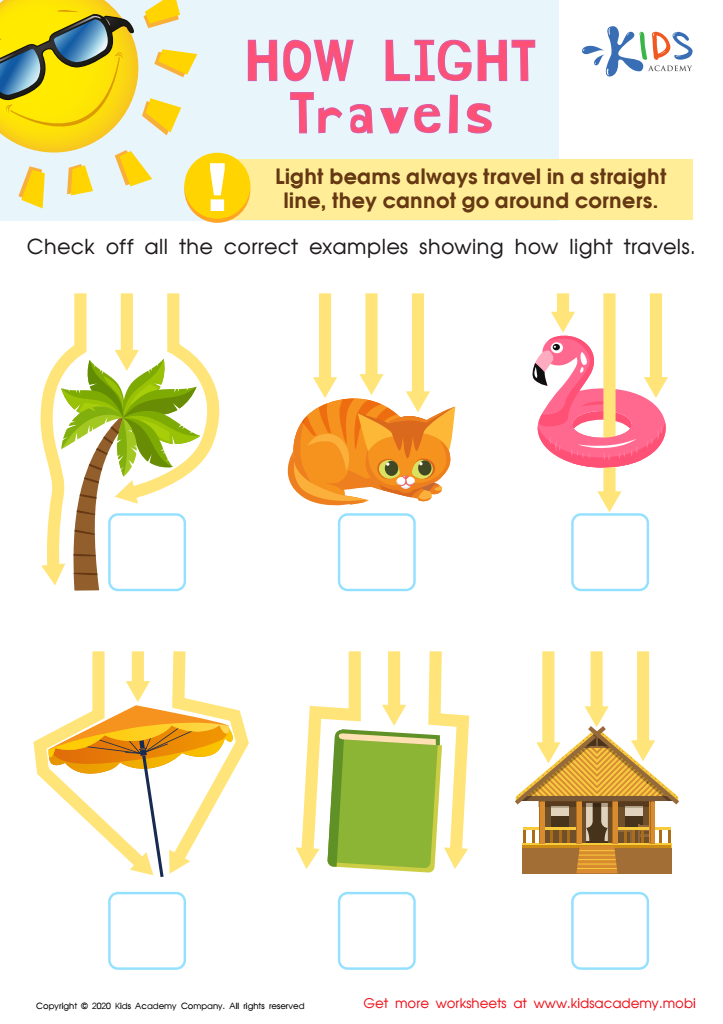

How Light Travels Worksheet
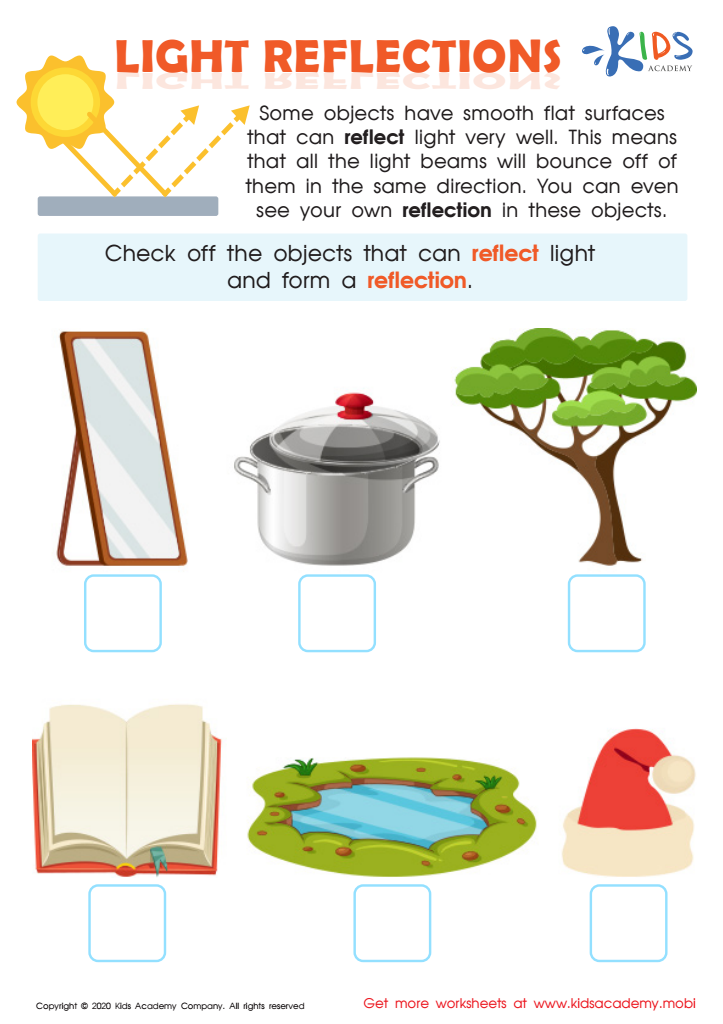

Light Reflections Worksheet
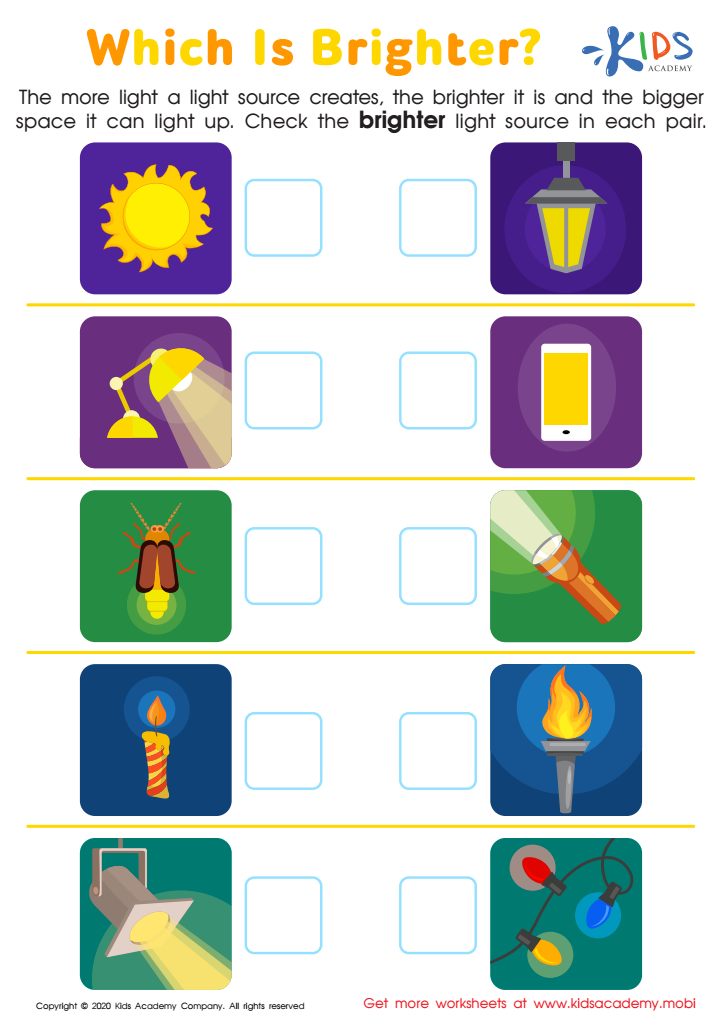

Which Is Brighter? Worksheet
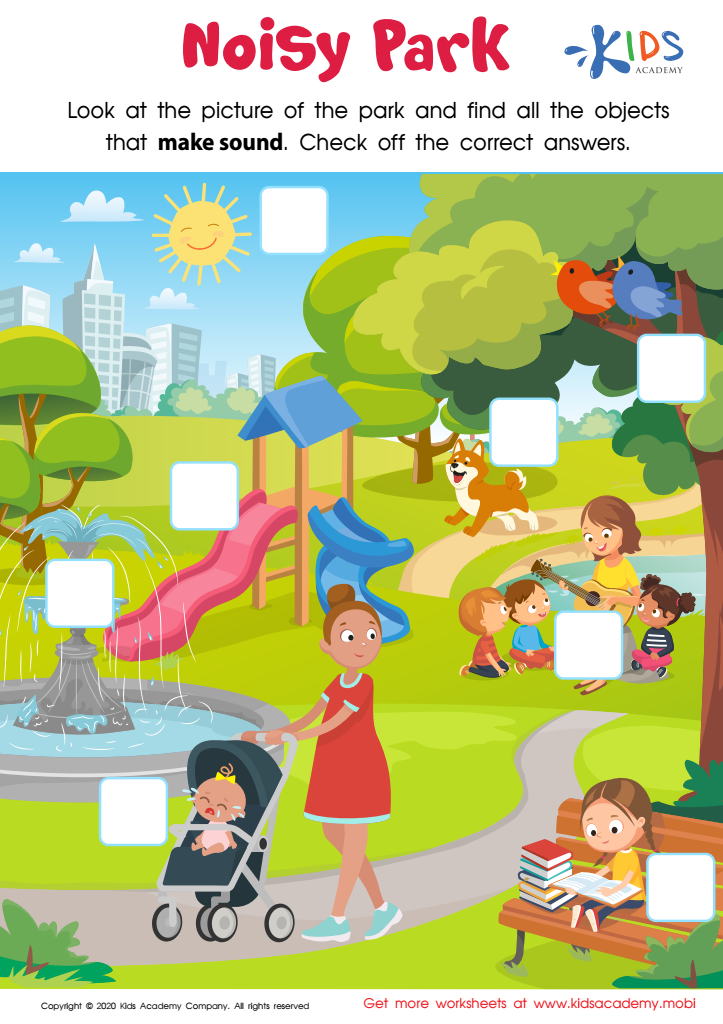

Noisy Park Worksheet
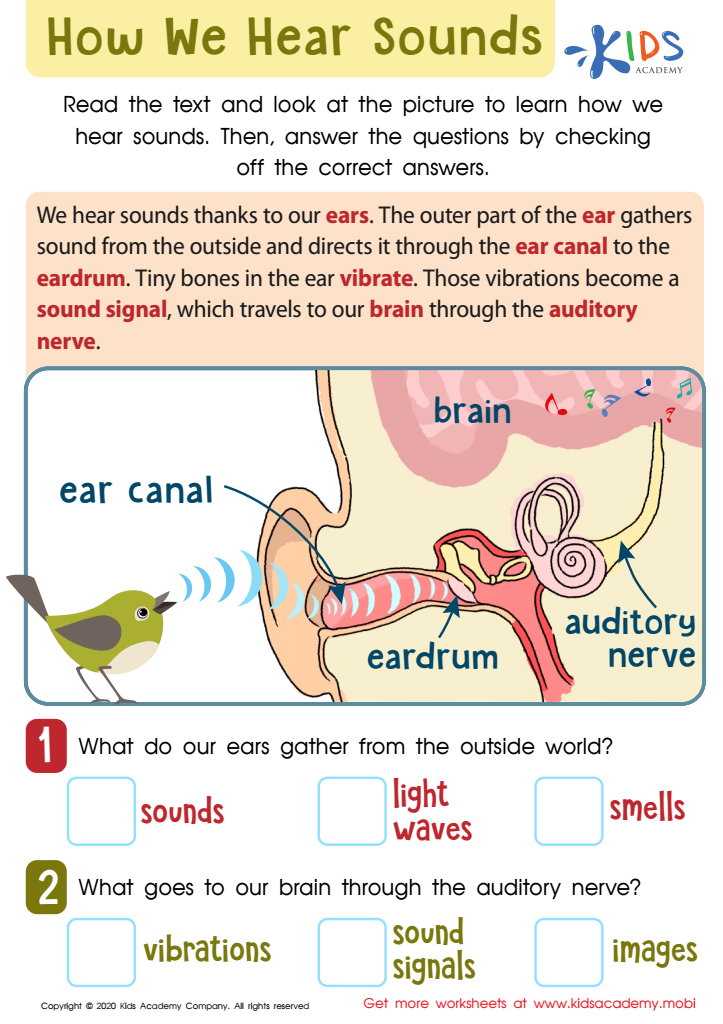

How We Hear Sounds Worksheet
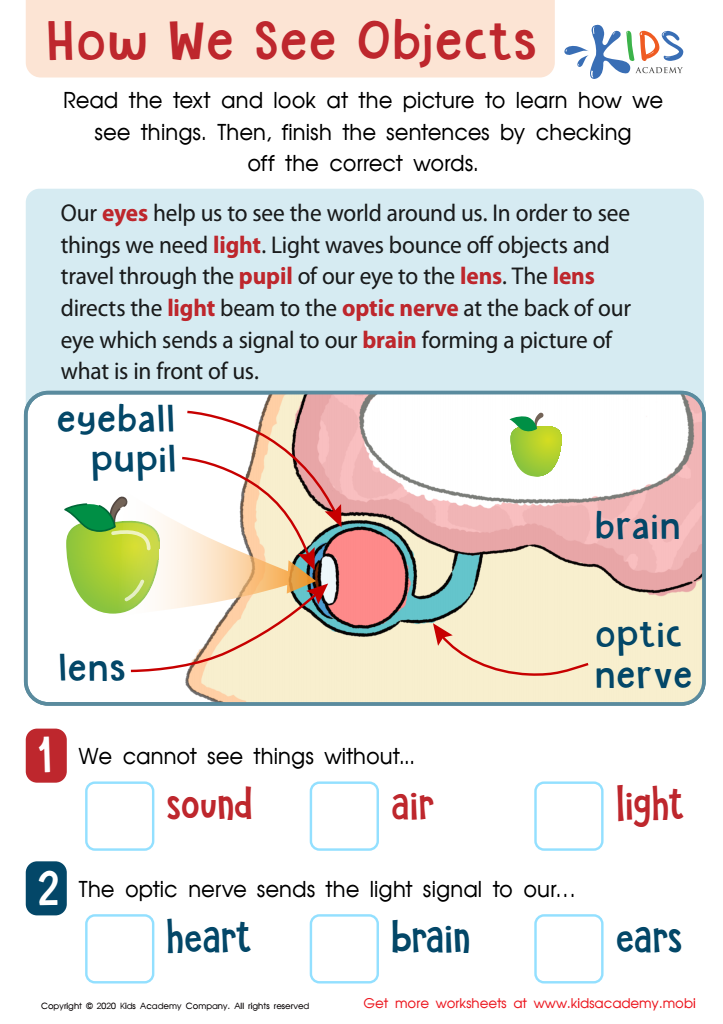

How We See Objects Worksheet
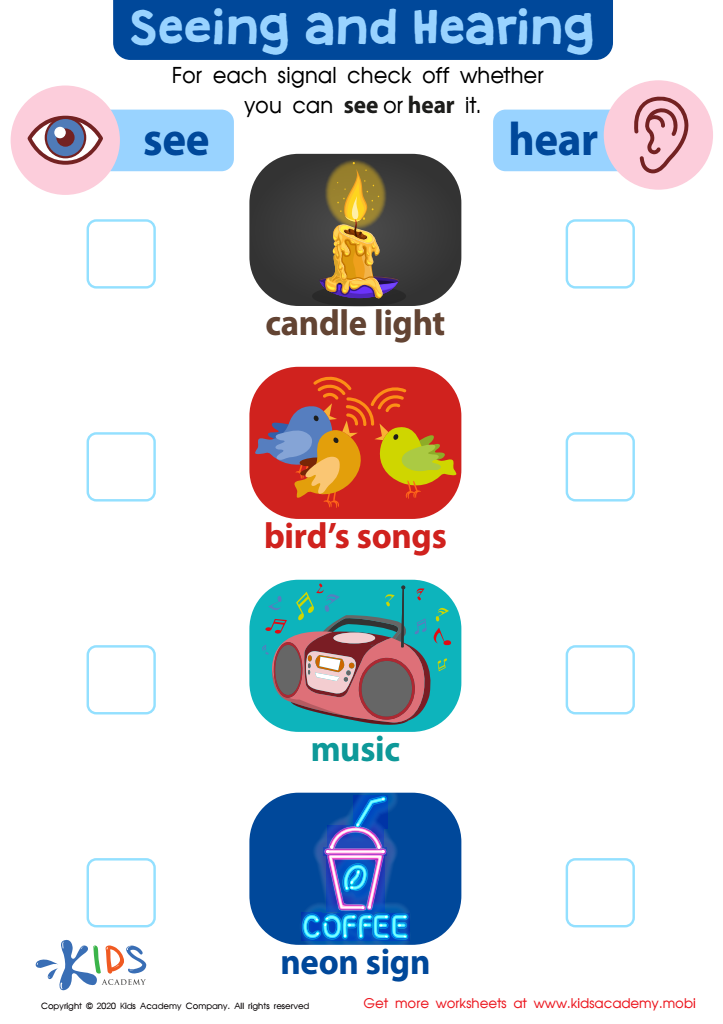

Seeing and Hearing Worksheet
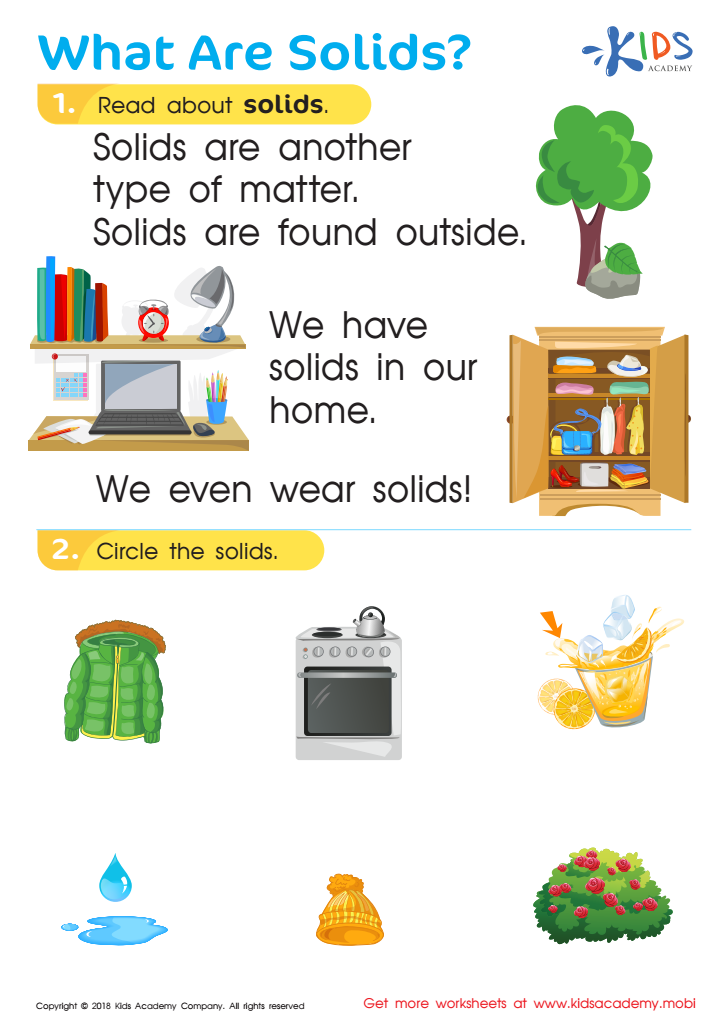

What Are Solids? Worksheet
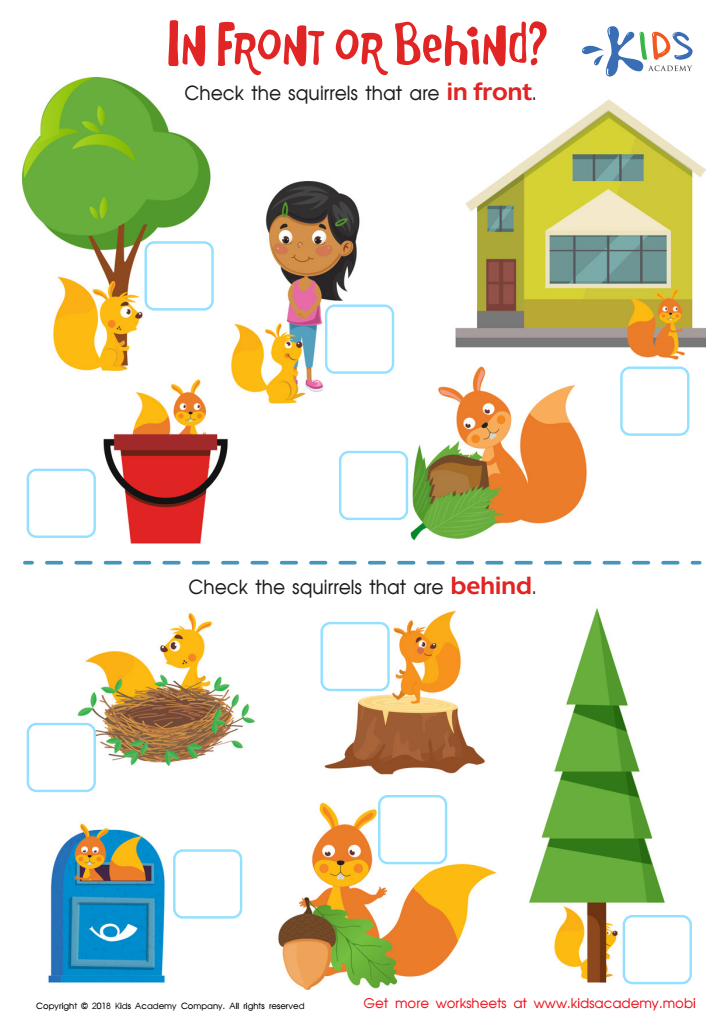

In Front or Behind: Part 2 Worksheet
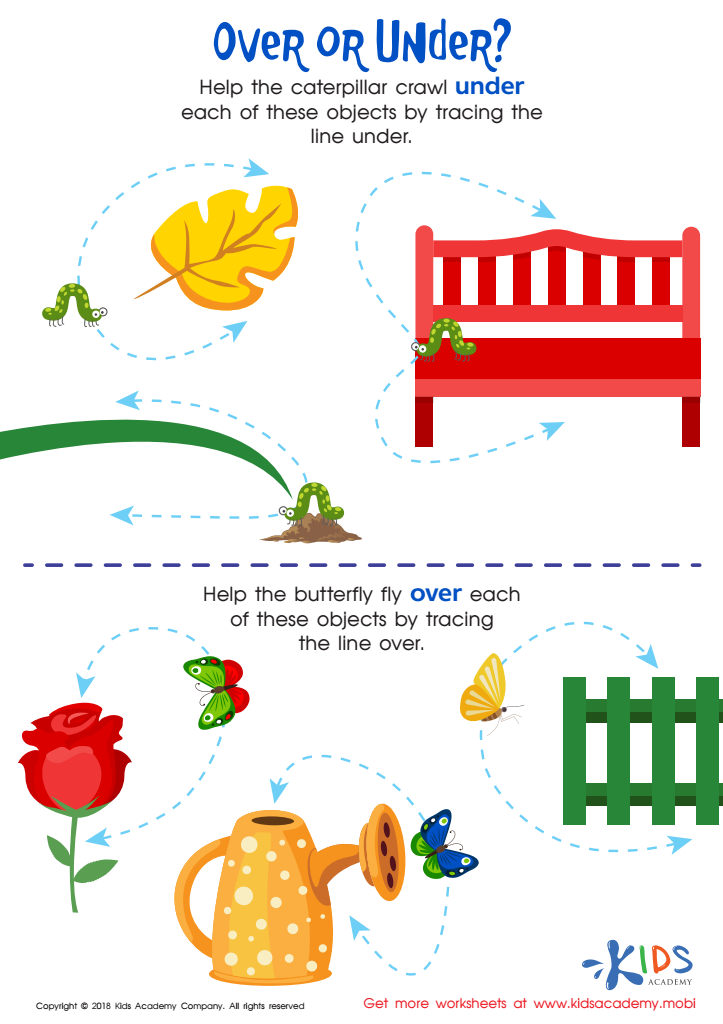

Over or Under? Worksheet
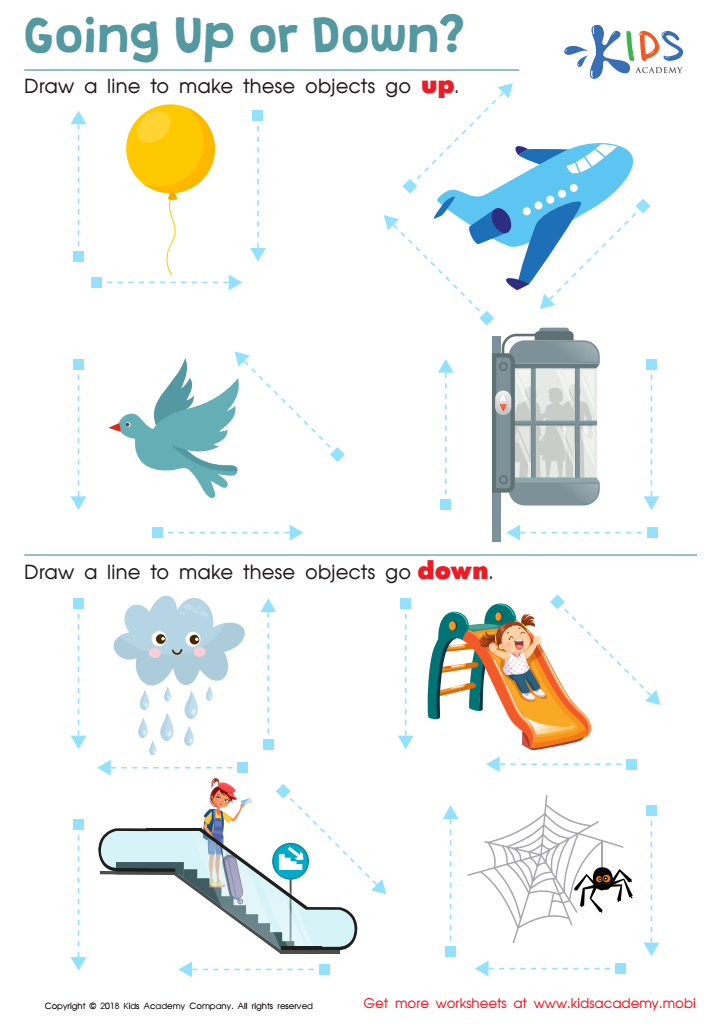

Going up or Down? Worksheet
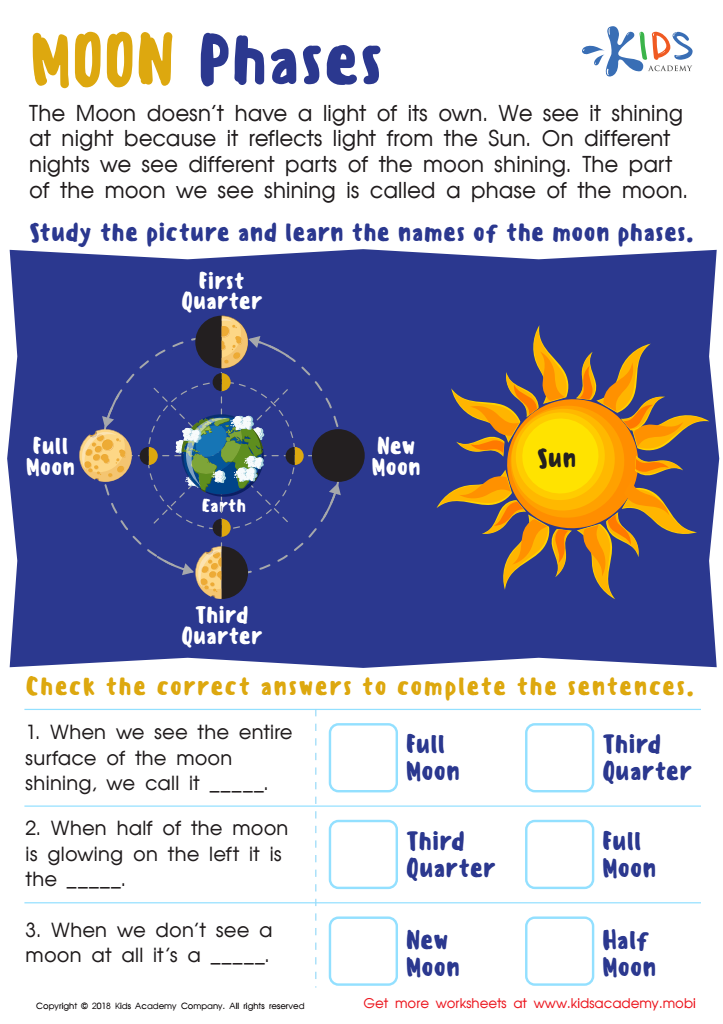

Moon Phases Worksheet
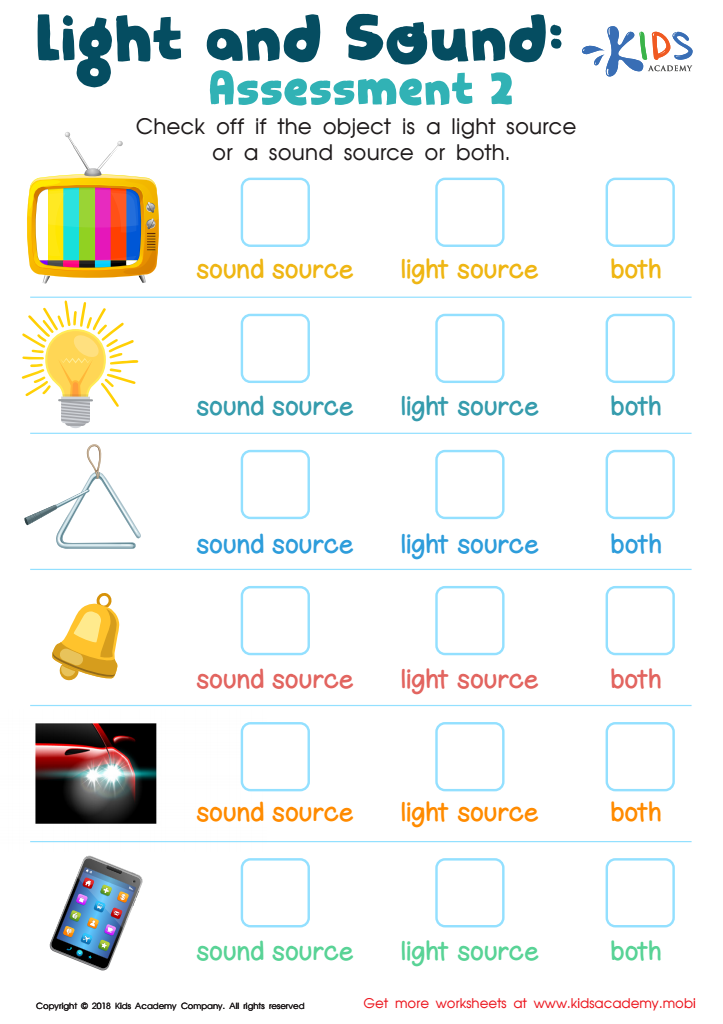

Light and Sound: Assessment 2 Worksheet
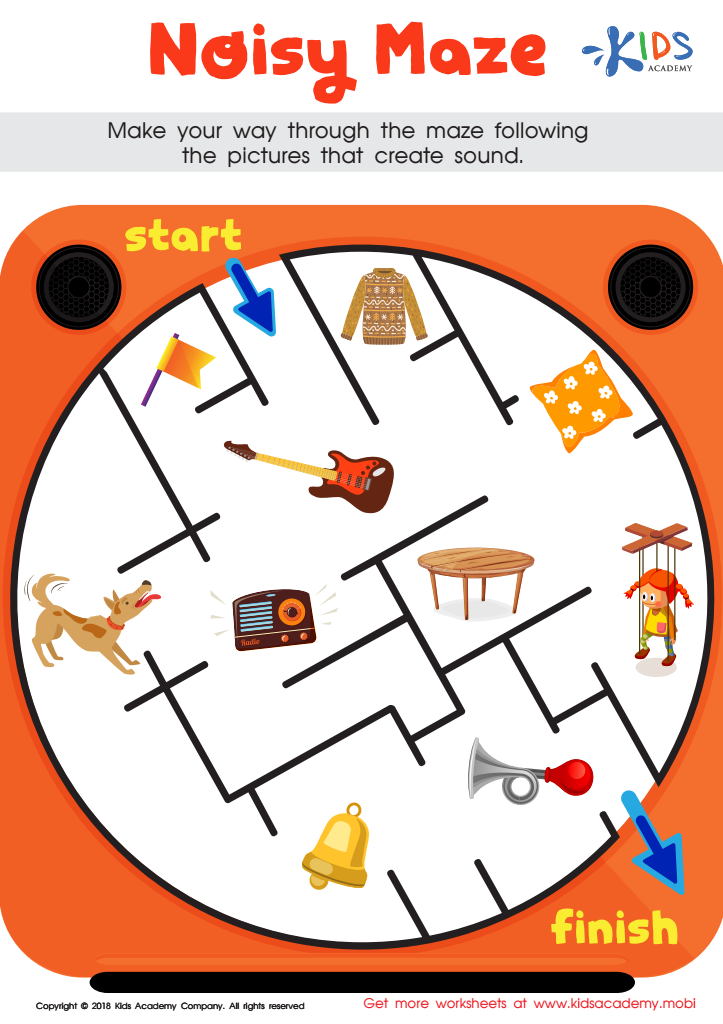

Noisy Maze Worksheet
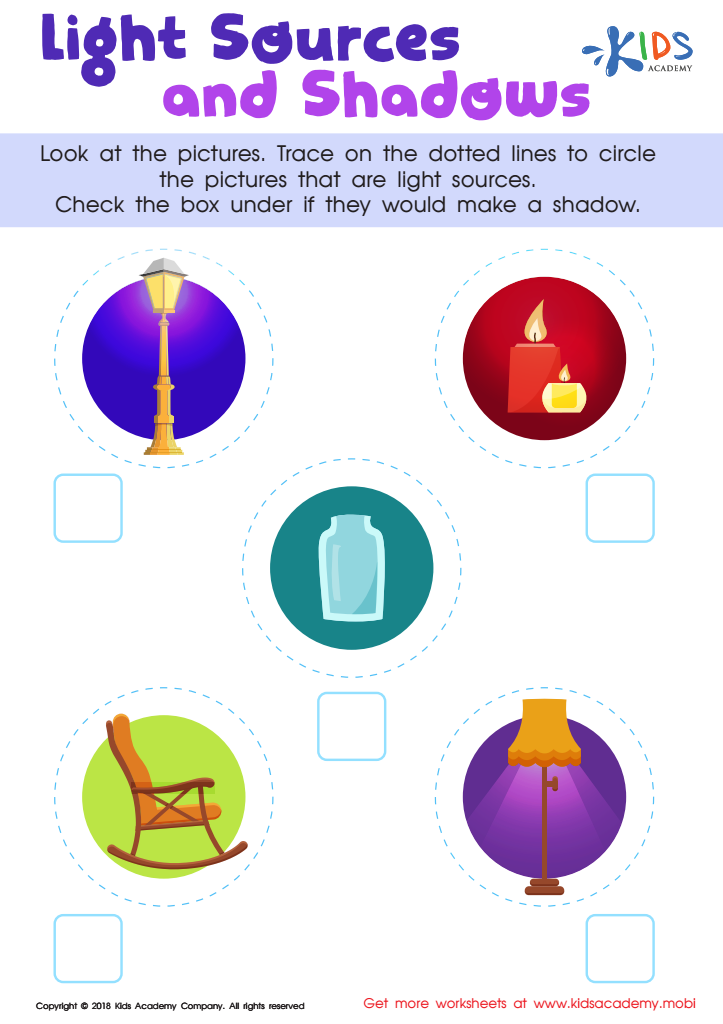

Light Sources and Shadows Worksheet
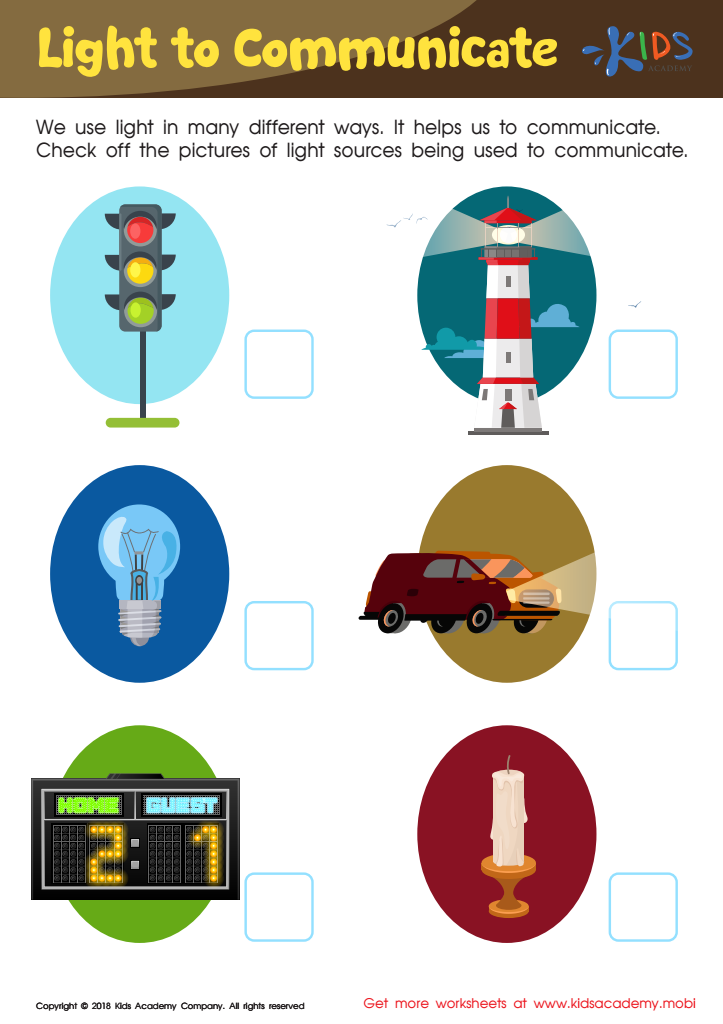

Light to Communicate Worksheet
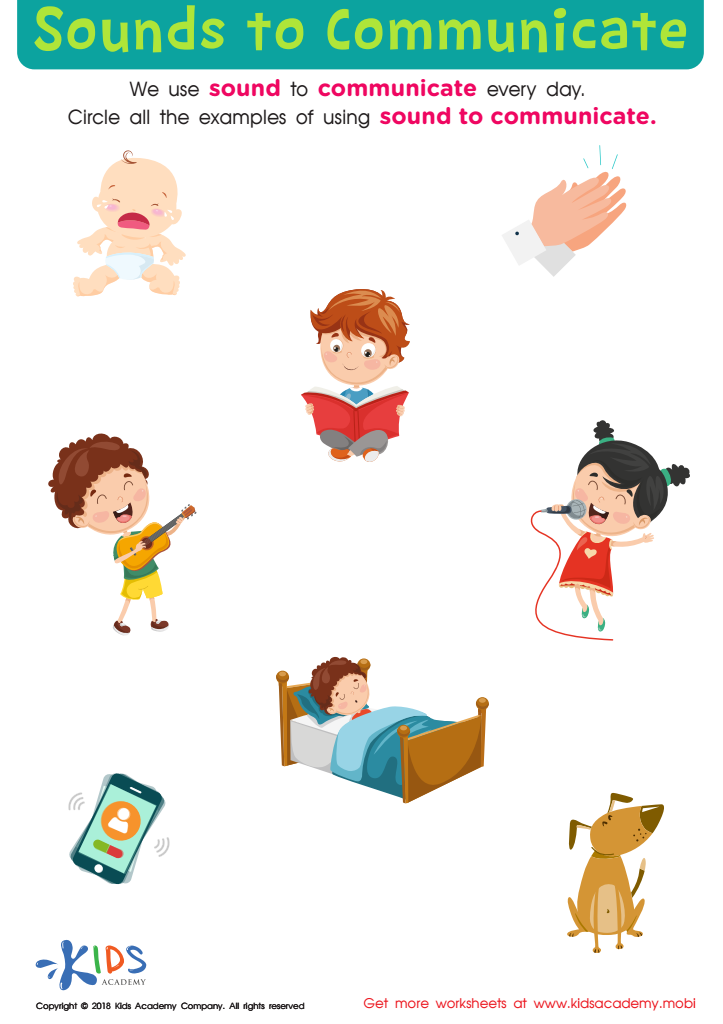

Sounds to Communicate Worksheet


Will It Make a Shadow? Worksheet
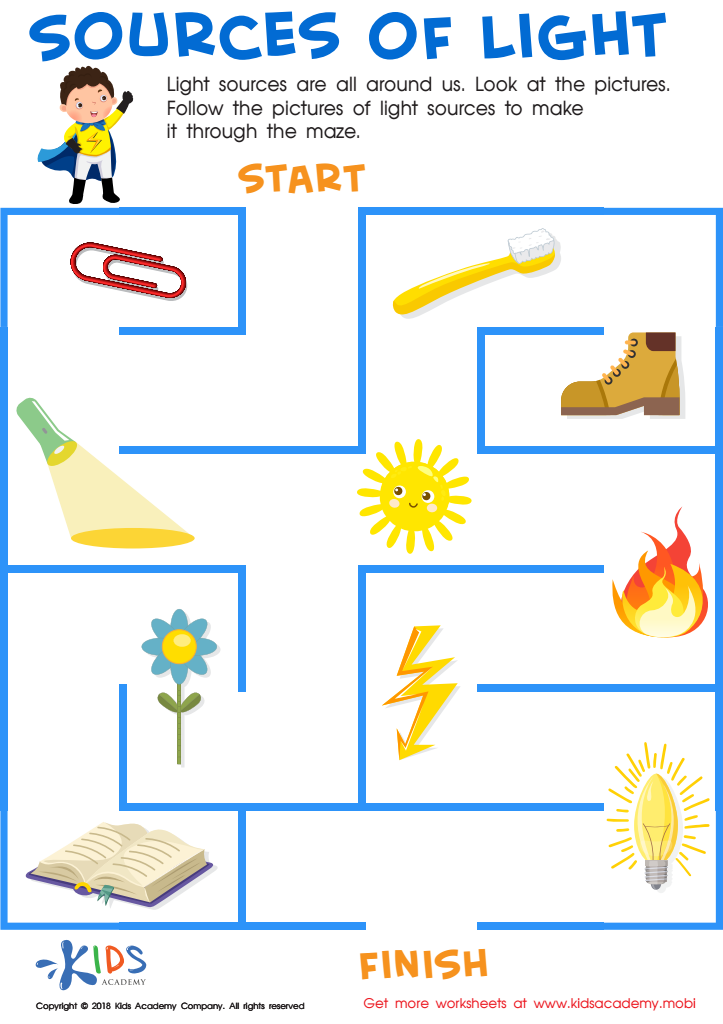

Sources of Light Worksheet
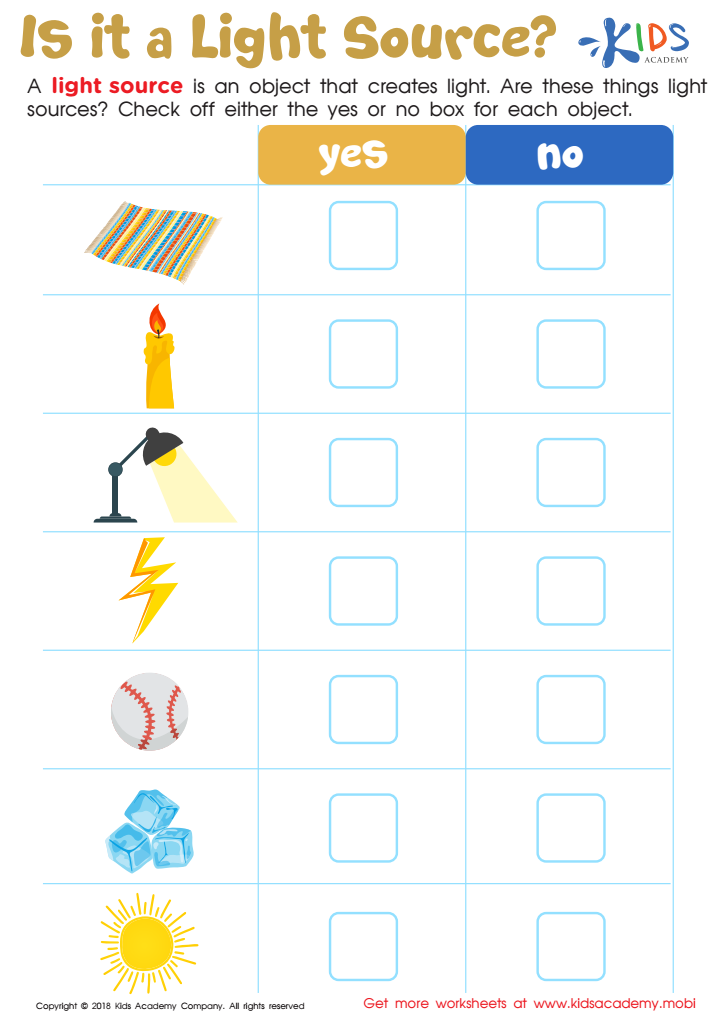

Is It a Light Source? Worksheet
Normal Physical Science worksheets for Ages 4-6 serve as a foundational tool in the early stages of a child's education. These worksheets are not just pages filled with activities; they are a crucial stepping stone towards understanding the world around us through the lens of physical science. At such a tender age, children are naturally curious, eager to learn about their environment, from the air they breathe to the ground they walk on. Normal Physical Science worksheets cater precisely to this age group's needs, introducing concepts in a manner that is both engaging and age-appropriate.
One of the key benefits of these worksheets is that they lay the groundwork for scientific thinking. Children learn to observe, predict, and conclude in structured formats that guide their thought processes. Moreover, these worksheets are designed to stimulate interest in science from an early age, nurturing a passion that could last a lifetime. They incorporate a variety of activities that balance education with fun, ensuring that learning about physical science becomes an enjoyable experience.
Furthermore, Normal Physical Science worksheets for Ages 4-6 help in developing critical thinking and problem-solving skills. Through exercises that encourage experimentation and exploration, children begin to understand cause and effect, a fundamental scientific principle. In a nutshell, these worksheets are invaluable tools that not only introduce young learners to the fascinating world of physical science but also aid in the holistic development of their intellectual capabilities.

 Assign to My Students
Assign to My Students






